Maryland
Is Virginia’s Solar Taxation Model Right for Maryland? – Conduit Street

This article is part of MACo’s Deep Dive series, where expert analysts explore and explain the top county issues of the day. A new article is added each week – read all of MACo’s Deep Dives.
As Maryland races to meet its goal of 100 percent renewable energy by 2035 and achieving net-zero greenhouse gas emissions across the state’s economy by 2045, there is mounting pressure to ramp up clean energy production.
Maryland has quadrupled its solar energy capacity from 258 to 1,000 megawatts (MW), and there is significant pressure to increase solar energy generation even further. In addition, counties face tremendous pressure on land use issues, from solar development to affordable housing to new and evolving agriculture.
While there are several renewable energy sources — including sunlight, wind, biomass, geothermal heat, and more — Maryland’s Renewable Portfolio Standard (RPS) requires that renewable sources generate specified percentages of Maryland’s electricity supply each year, including a solar carve-out at 14.5 percent by 2028.
And as much as solar power has popped up in suburban neighborhoods rooftop by rooftop in recent years, the real growth in solar worldwide has been in larger “farms” where electricity is generated and sold to utilities. This formula may help promote renewable energy, but it’s not always the best land use.
This year, the Maryland General Assembly established the Task Force to Study Solar Incentives to study and recommend tax policies to ramp up solar development across the state. The Task Force, staffed by the Maryland Energy Administration, includes three MACo representatives representing rural, suburban, and urban counties.
As the Task Force works to finalize its recommendations before its December reporting timeline, much of the discussion centers around adopting a Virginia-like tax model to incentivize solar development on rooftops, brownfields, and other already developed or degraded land rather than agricultural land.
Still, meeting Maryland’s RPS goal for solar energy will require more than 12,000 acres of land (over 7,000 acres of farmland) and an additional 130,000 homes with rooftop solar panels.
First, take a look at Maryland’s solar tax incentives.
Maryland Solar Tax Incentives — The Current Landscape
While Maryland’s local governments have the authority to impose personal property taxes on solar photovoltaic property, Maryland offers many incentives for solar development.
Maryland Solar System Sales Tax Exemption
All taxpayers in Maryland are exempt from paying sales tax on solar equipment. Solar energy equipment may include equipment that uses solar energy to heat or cool a structure, generate electricity for use in a structure, or provide hot water for use in a structure.
Maryland Renewable Energy System Property Tax Exemption
While most home improvement projects — like an inground pool — would raise a homeowner’s annual property taxes, Maryland residents do not have to pay taxes on the value added to their property due to a solar or wind renewable energy system.
Local Property Tax Credits and Incentives
Several counties offer property tax credits and other incentives for homeowners who use solar energy for heating and cooling, water heating, and electricity generation.
Community Solar Property Tax Exemption
Specified community solar energy systems are exempt from personal property taxes.
Community solar is used in at least 20 states to allow households unable to install solar panels on their roofs to participate in solar energy. These projects are small- to mid-scale solar facilities typically located on private land, commercial rooftops, landfills, industrial sites, and other preferred areas near the utility customers they’re intended to serve.
Maryland law exempts eligible community solar systems from the county or municipal personal property tax for each taxable year in which the property continues to meet eligibility requirements. A county or municipality may not accept an application for the exemption after December 31, 2025.
Utility-Scale Solar
As the demand for solar energy increases, large utility-scale operations threatening farmland and forests are being proposed across the state. Under current law, Maryland preempts local land use decisions for solar projects over 2MW. While Maryland’s Public Service Commission must give “due consideration” to local planning and zoning, local governments have no say over the siting of utility-scale solar projects.
Local governments can impose personal property taxes on utility-scale solar photovoltaic property or negotiate payment in lieu of taxes (PILOT) agreements with solar developers to compensate for some or all of the property tax revenue lost due to tax abatement.
The Virginia Model
In Virginia, localities are authorized to impose a machinery and tools tax (similar to Maryland’s business personal property tax) on solar photovoltaic property.
Local concerns that financial incentives offered to solar developers, like a reduction in local M&T tax payments, were building the state’s solar portfolio at the expense of local government revenues have led to legislation enacted in recent years that aims to make large-scale solar projects more attractive to local governments. The legislation creates multiple pathways for local governments to ensure fair taxation/revenue sharing for solar projects.
Revenue Share / Local Option by Ordinance for Solar Projects
Virginia offers local governments the option to adopt an energy revenue share ordinance to assess a revenue share of up to $1,400 per megawatt capacity (with a multi-year escalator to keep up with inflation). It includes “energy storage systems” (typically large-scale chemical battery installations) equipment per MW of storage capacity. This model is meant to provide solar developers and local governments with consistency and predictability in tax policy.
For example, in 2026, the $1,400 could be adjusted to $1,540 per MW and similarly in subsequent 5-year intervals.

The escalator addresses the diminishing value of the dollar due to inflation, thereby providing an added incentive to adopt the energy tax rather than M&T.
If a locality adopts a revenue share ordinance, regulated solar projects greater than 5 megawatts are entitled to a 100 percent machinery and tools tax exemption (as opposed to the 80 percent exemption that is currently available). In addition, no ordinance may apply retroactively to any project for which an application was filed on or before July 1, 2020, except by agreement.
Extension of M&T Exemption for Solar Projects
For local governments wishing to keep the current machinery and tools tax on solar equipment, Virginia extends the 80 percent exemption for solar projects from machinery and tools tax assessments from January 1, 2024, until June 30, 2030.
The statute also changes the date the exemption is triggered to the date the application is filed with the locality. In addition, it creates a “step-down” schedule that decreases the 80 percent exemption to 60 percent for solar projects for which an interconnection request was filed after January 1, 2019.
Siting Agreements for Solar Projects or Energy Storage Projects
This provision allows local governments to negotiate siting agreements with solar developers that can include incentives related to broadband or other projects in the local budget or capital improvement plans. For example, it allows them to negotiate siting agreements that can benefit the community through revenue sharing.
A Maryland Twist on the Virginia Model?
While solar tax incentives are beneficial, it remains unclear whether more subsidies would outweigh regulatory hurdles in ensuring Maryland meets its goals for solar energy generation, as delays in the interconnection process are hindering the timely approval and implementation of renewable energy projects.
Still, one idea emerging from the Task Force to Study Solar Incentives is exempting all rooftop solar from local business personal property taxes. In exchange, the State would guarantee local revenue from utility-scale projects through a predictable and stable revenue-sharing model. This policy proposal aims to incentivize more rooftop solar (thereby protecting more farmland and forests from solar development) while protecting local revenue sources for large-scale ground-mounted solar projects.
If the Task Force approves the proposal, it will likely be included in legislation during the 2024 legislative session. Accordingly, MACo will review such legislation and its impact on Maryland’s counties. If appropriate, MACo’s Legislative Committee, which includes local elected officials from every jurisdiction, will take a position on the proposal and its potential impact on local revenues.
The Bottom Line
County governments will continue working with policymakers and stakeholders to balance the need to reach clean energy targets while protecting local revenues and ensuring local input on large solar projects so communities can help guide their historical, agricultural, and residential character.
Useful Links
Previous Conduit Street Coverage: Sowing Seeds for Solar…Are Taxes An Essential Element?

Maryland
Fall chill overnight for Maryland

Watch CBS News
Be the first to know
Get browser notifications for breaking news, live events, and exclusive reporting.
Maryland
3 Takeaways from the Spartans’ Victory over Maryland
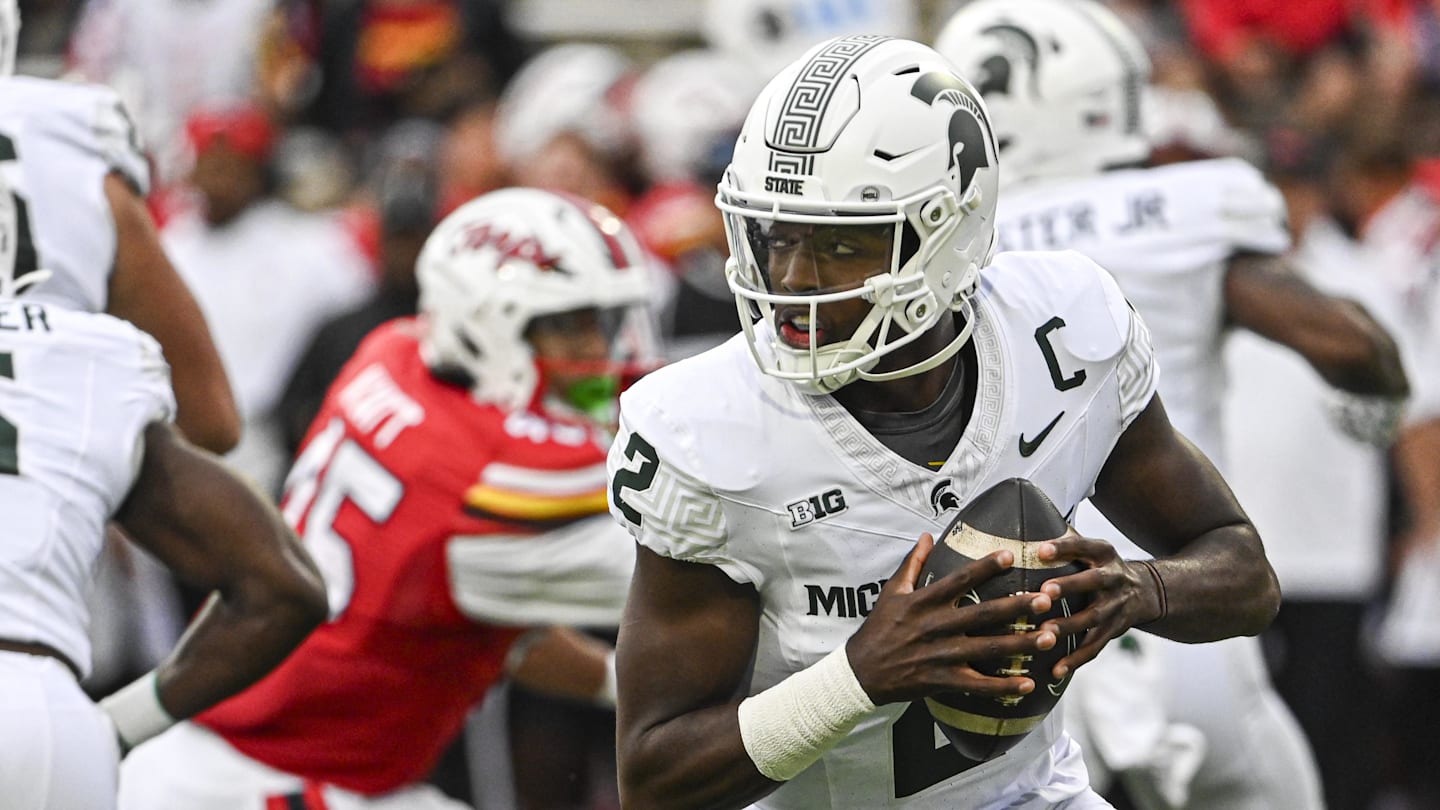
The Michigan State Spartans under head coach Jonathan Smith are 2-0 thanks to a road win against a tough Maryland team, 27-24.
Resilience might be the word to describe this squad so far. The Spartans made some big blunders against the Terrapins and still found a way to battle back. The gritty performance might have been enough to get the Spartans into a bowl game.
Here are three takeaways from the Spartans’ win.
Aidan Chiles: Very Young, Very Talented
Chiles looked vastly improved from the home opener against Florida Atlantic. Again, he looked like an 18-year-old quarterback.
Chiles got not just his first passing touchdown as a Spartan, but three passing touchdowns to go with 24 of 39 passing and 363 yards. He also had three interceptions, which very nearly cost the Spartans the game.
Chiles has about as strong an arm as any quarterback to wear the green and white in recent memory. He is dangerous when he is on the move.
Perhaps a critique is that he should try to make more plays with his legs, he has seemed cautious to these first two games. The first pass rusher to get to Chiles likely won’t bring him down — Chiles has a great feel for the pocket and he is quite slippery.
Chiles overcame some poor mistakes and throwing mechanics (his feet tend to get wide and it factors into his overthrows) to lead the Spartans in the most critical of situations against a sturdy Maryland defense.
Huge game for Chiles, who showed why the hype was so promising.
Can the Spartans Stay Healthy on Defense?
Already, this Spartans squad is beaten up. Dillon Tatum, a key defensive back, lost for the season. Wide receiver Alante Brown, whose injury allowed for Nick Marsh to announce himself to the world, lost for the foreseeable future. Kristian Phillips at guard was huge.
During the Maryland game, several Spartans were beat up. Few even had to go into the tent on the sideline. It will be crucial for the Spartans to remain healthy, especially on defense. Most especially in the defensive backfield.
The Spartans are very confident in their young defensive backs — Justin Denson Jr., Andrew Brinson IV, and Jaylen Thompson can all be very good players, but they need more time to develop.
If more Spartans fall to injury, the defensive backfield could get very young.
Nick Marsh is the Real Deal
Marsh was the recruiting gem of 2024, the best player in a class with plenty of good talent. A highly-rated four-star, Marsh was the No. 107-ranked player in the class by 247Sports. Marsh, of course, stood out in fall camp like the high-profile recruit he was.
6-foot-3, 208 pounds, Marsh already had a man’s body. At just 18 years old.
“Possesses the size, athleticism, and multi-sport profile that projects very well in the long term,” 247Sports’ Gabe Brooks wrote. “Traitsy mismatch wideout with high-major impact potential and the ceiling to develop into an NFL Draft candidate.”
With the loss of Brown, Marsh was asked to step up. Step up he did — eight receptions for 194 receiving yards and a touchdown. Wide receivers coach Courtney Hawkins might have his next in the line of Jalen Nailor, Jayden Reed and Keon Coleman.
Don’t forget to follow the official Spartan Nation Page on Facebook Spartan Nation WHEN YOU CLICK RIGHT HERE, and be a part of our vibrant community group Go Green Go White as well WHEN YOU CLICK RIGHT HERE.
Maryland
Maryland, D.C. and Virginia get more money for house calls for moms and infants – WTOP News

The U.S. Health Resources and Services Administration will provide an additional $23.1 million in federal aid to the agency’s national Home Visiting Program in the District, Maryland and Virginia.
More money is on the way for a home-visiting health care program designed to provide better care for pregnant women, new parents and infants.
The U.S. Health Resources and Services Administration (HRSA) announced an additional $23.1 million in federal aid to the agency’s national Home Visiting Program in the District, Maryland and Virginia.
The extra money is the first time in a decade that the program has received an increase in federal funds, HRSA administrator Carol Johnson said.
“What those resources mean is that we’re able to support nurses, social workers and trained home visitors, and help with those early days of being a new parent,” Johnson said. “All of this has been shown to really make a difference in kids’ outcomes. Kids are so much stronger because they get these kinds of supports.”
Johnson said the program’s success hinges on convenient health visits in a comfortable at-home setting.
“When you’re a new parent, if you have to take off from work and take a few buses to get to an appointment, you’re probably not going to do it,” she said. “But if that person comes to your house and they’re full of resources and knowledge, it’s going to make a huge difference to you.”
Rockville, Maryland-based HRSA spearheads the national program, teaming up with local health organizations to target and reach parents.
Home health care workers can provide breastfeeding support, safe sleep tips and developmental screening for babies. They can even help parents find key services like affordable child care or job and educational opportunities.
“It’s changed my life,” past program participant Fatima Ray said.
Ray said she was introduced to the program in 2015 when she needed help with her infant daughter. She and her husband were first-time parents and stumbled through the first few months with a newborn.
“It felt good, like I had someone on my team,” Ray said. “Those questions you forget to ask the doctor sometimes, she would answer them.”
The experience impressed Ray so much that she became a home health visitor. She is the maternal health coordinator at Primo Center, a homeless shelter for families in Chicago.
“The same care that was given to me, I just want to pass it on,” Ray told WTOP. “I know how much it made a difference in my life. Home visiting matters.”
President Joseph Biden signed bipartisan legislation in 2022 that doubles funding for the program over five years. The move was part of a campaign promise to lower risks linked to pregnancy and improve maternal health, especially among women in rural, tribal and low-income communities.
The national home visiting program will receive $440 million Maryland’s local programs will get $10 million of those funds. Virginia is slated to receive $11 million and D.C.’s home visiting programs will see a $2.5 million increase.
“This will push home visiting forward a lot more,” Ray said. “It’s just going to help tremendously.”
Get breaking news and daily headlines delivered to your email inbox by signing up here.
© 2024 WTOP. All Rights Reserved. This website is not intended for users located within the European Economic Area.
-
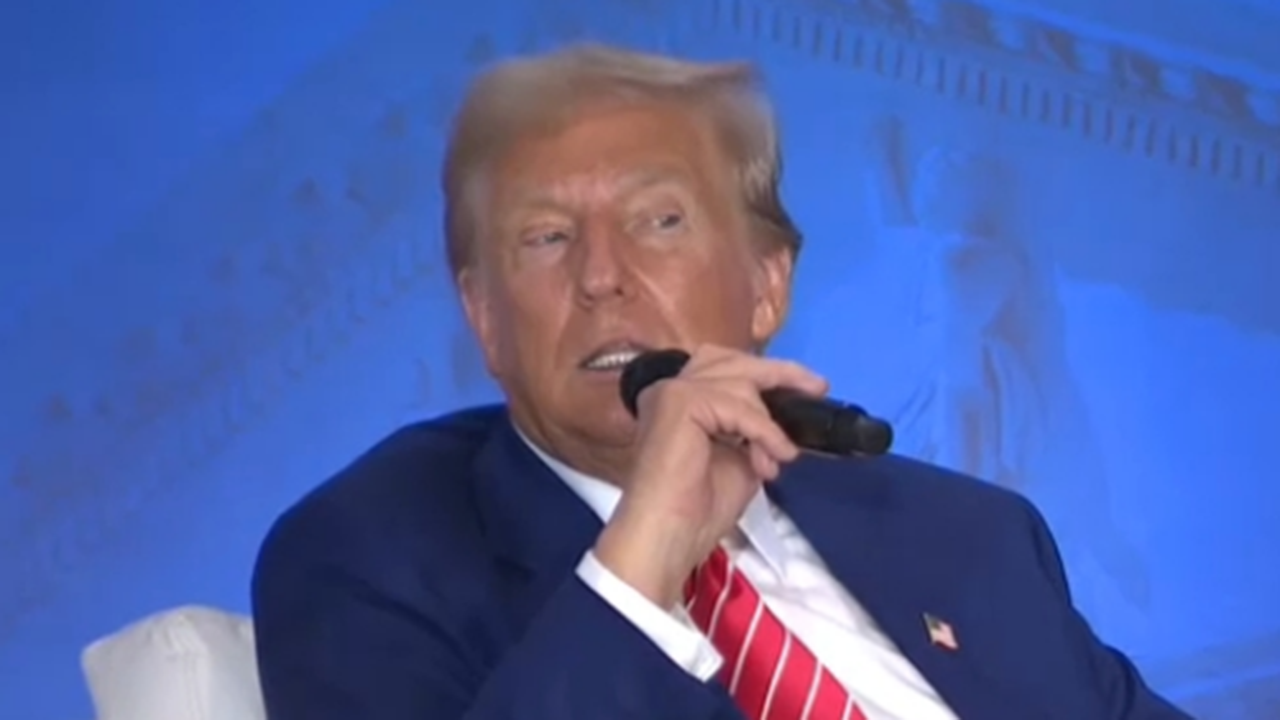
 Politics1 week ago
Politics1 week agoTrump impersonates Elon Musk talking about rockets: ‘I’m doing a new stainless steel hub’
-
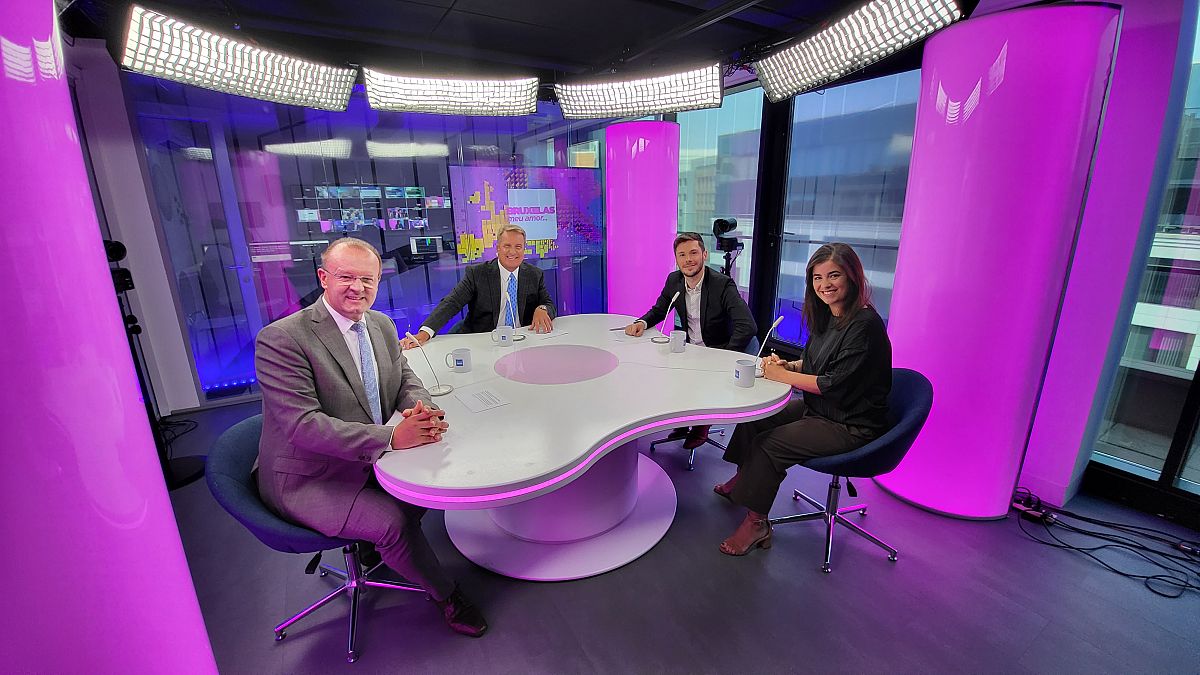
 World1 week ago
World1 week agoBrussels, my love? Is France becoming the sick man of Europe?
-
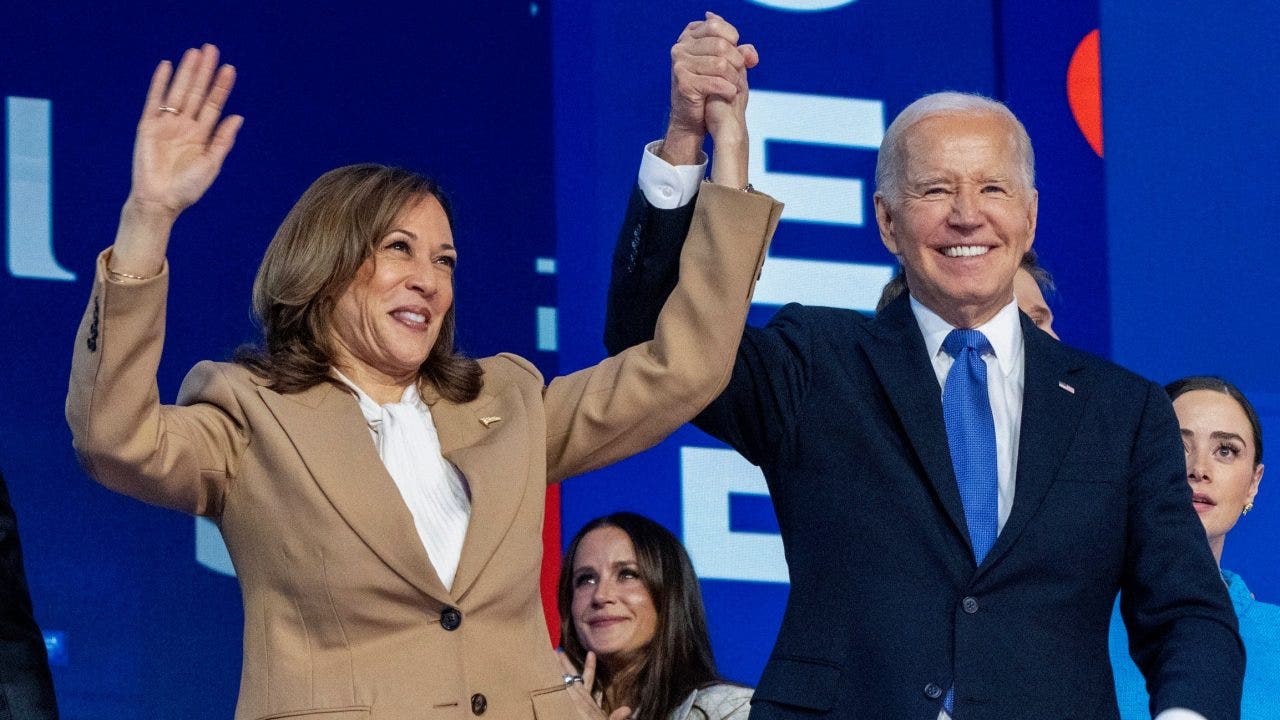
 Politics1 week ago
Politics1 week agoHarris says no regrets about defending Biden fitness for office
-
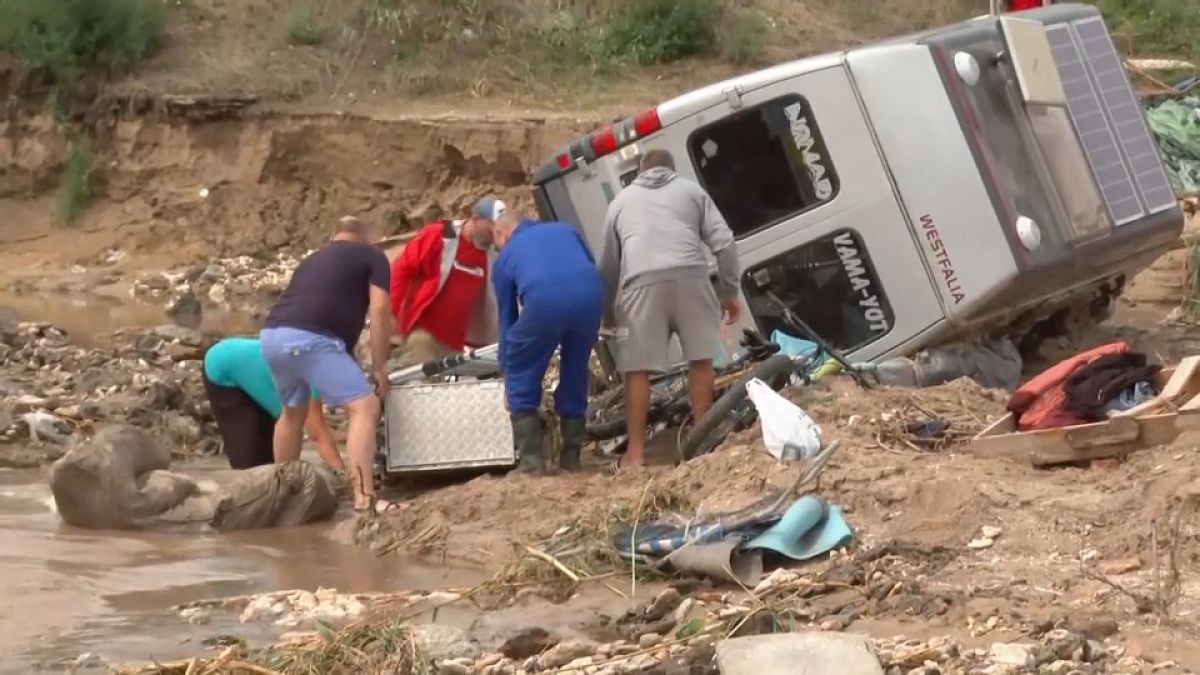
 World1 week ago
World1 week agoLocals survey damage after flooding in eastern Romania
-

 World1 week ago
World1 week agoWhy is Belgium struggling to name a European Commissioner?
-
:max_bytes(150000):strip_icc():focal(722x354:724x356)/Angelina-jolie-becomes-maria-callas-100923-01-2cce48d3de044c459234fd2c2ef1e0d7.jpg)
:max_bytes(150000):strip_icc():focal(722x354:724x356)/Angelina-jolie-becomes-maria-callas-100923-01-2cce48d3de044c459234fd2c2ef1e0d7.jpg) Movie Reviews1 week ago
Movie Reviews1 week ago'Maria' Reviews: What Critics Are Saying About Angelina Jolie's Transformation and Singing as the Opera Diva
-

 World7 days ago
World7 days agoTaiwan court orders release of ex-Taipei mayor arrested in corruption probe
-
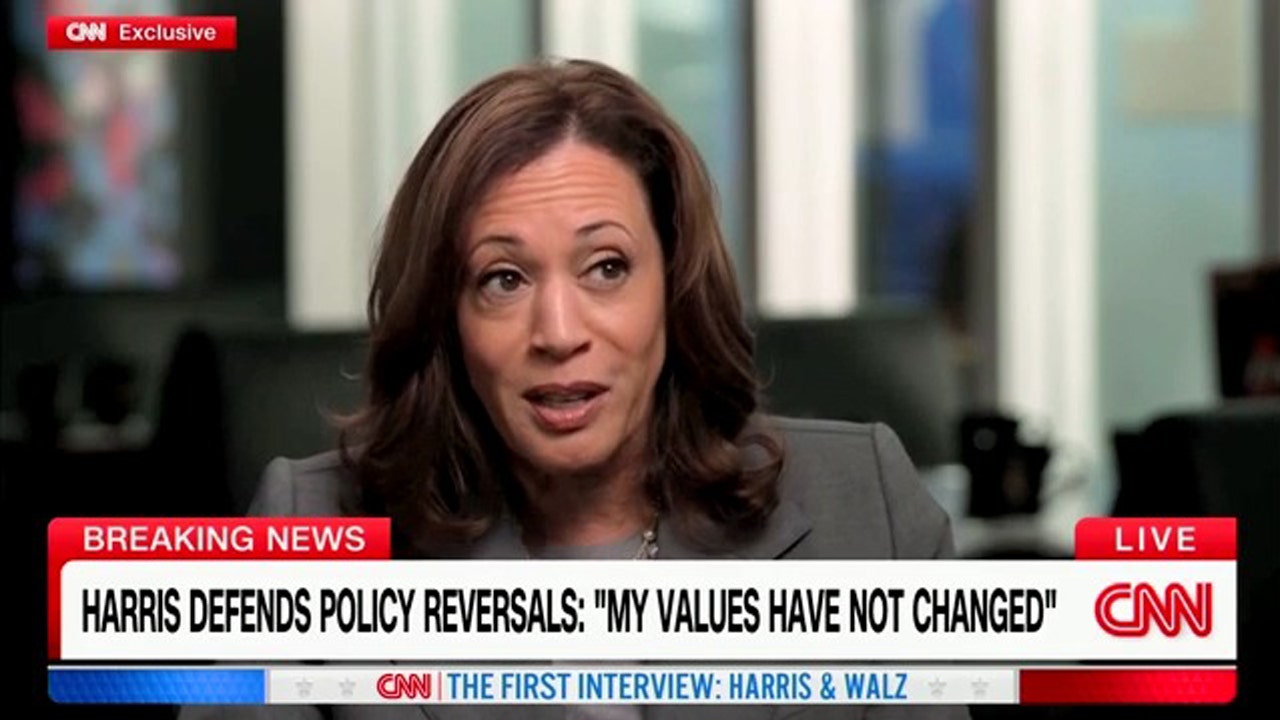
 Politics1 week ago
Politics1 week ago'For election purposes': Critics balk at Harris' claim she will 'enforce our laws' at southern border













